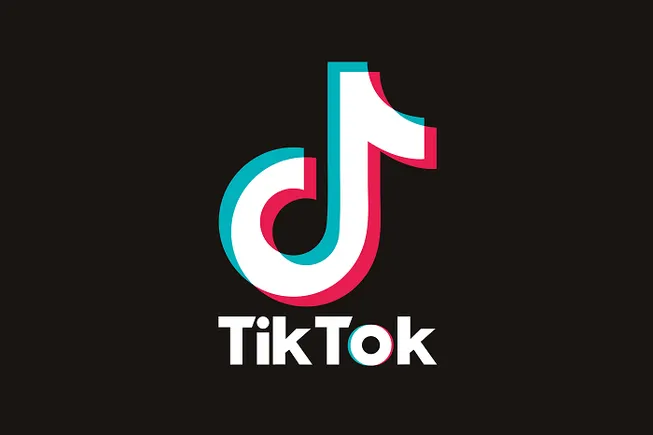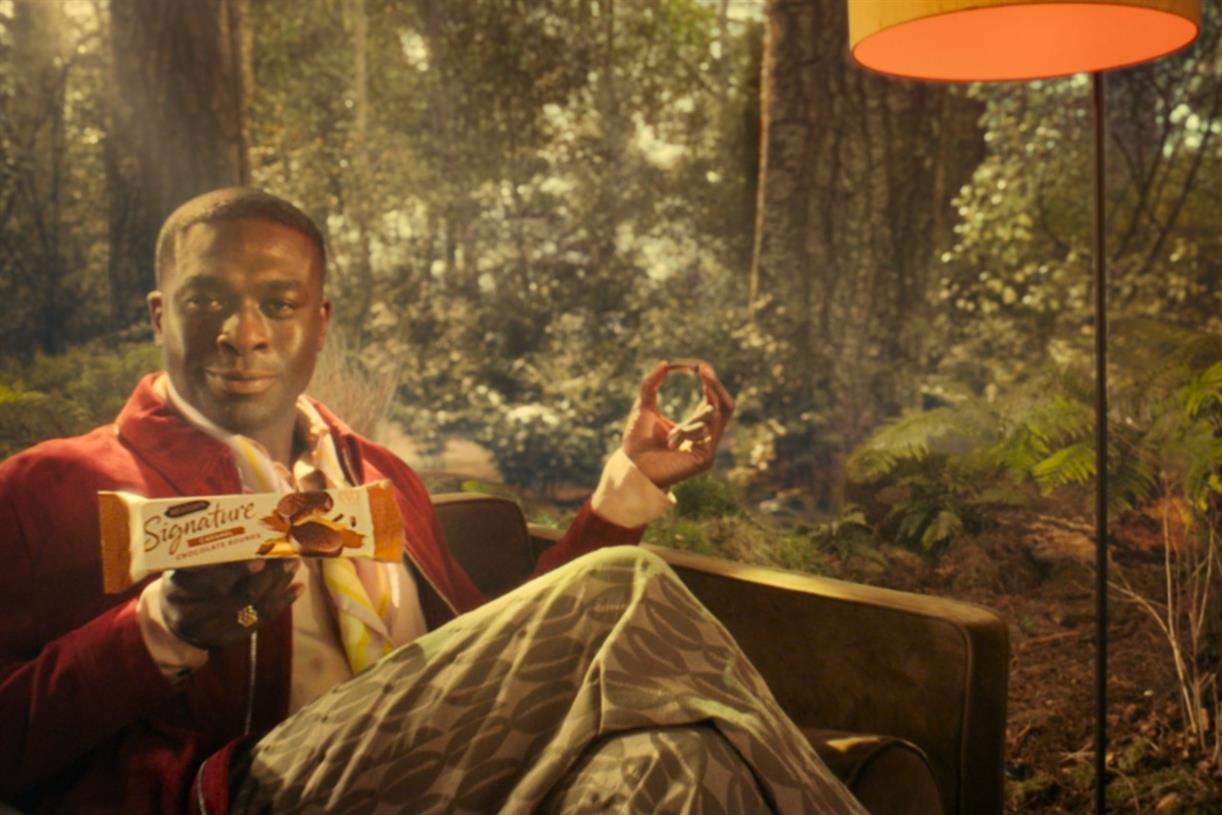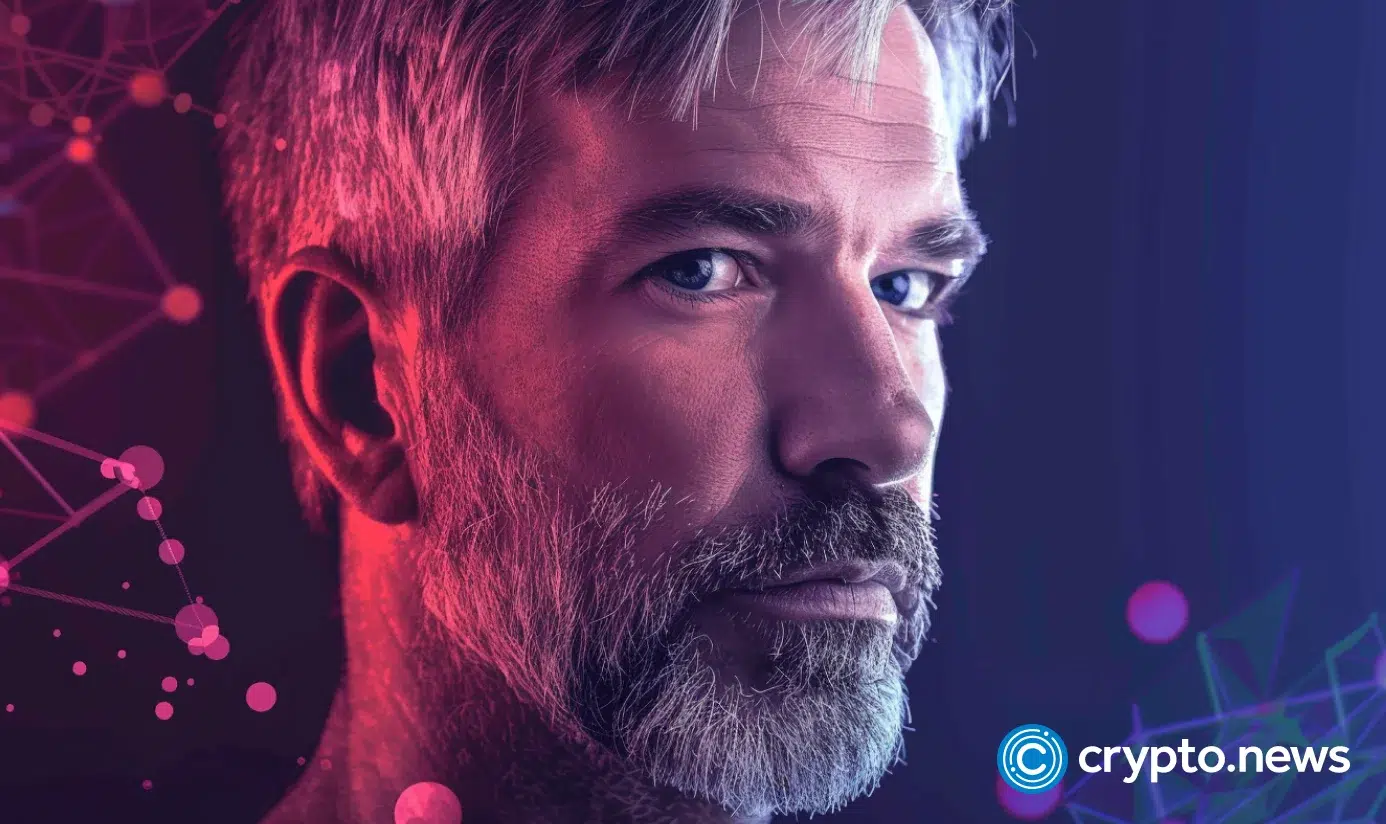How Sephora’s Marketing Strategies & Campaigns Win Over Different Audiences
Sephora’s marketing strategy is genuinely diverse. It includes traditional, digital, and social media approaches. Sephora has built an experience beyond being a brand, and they have: To better understand what makes Sephora such a standout in the beauty world,...

Sephora’s marketing strategy is genuinely diverse. It includes traditional, digital, and social media approaches.
Sephora has built an experience beyond being a brand, and they have:
2700+ stores are operating worldwide. Over 34 million are Beauty Insider loyalty members. Digital channels are driving nearly 30% of total sales.To better understand what makes Sephora such a standout in the beauty world, I’ve put together a detailed breakdown of Sephora’s marketing and advertising strategies.
Feel free to skip ahead to the section that interests you most!
Click & Learn
Sephora’s Marketing Mix in a Nutshell Sephora’s Target Audience Analysis SWOT Analysis of Sephora Sephora’s Marketing Strategies Traditional Advertising Social Media Digital Marketing Key Lessons to Take from Sephora’s MarketingSephora’s Marketing Mix in a Nutshell
Sephora has nailed the 4Ps of marketing—Product, Price, Place, and Promotion—and it’s a big part of why they’re still leading the global beauty game.
💄Product: From high-end favorites like Dior and Chanel to fun, budget-friendly picks under their own Sephora Collection, the brand makes sure there’s something for every kind of beauty lover.
💲Price: They carry both premium-priced products and affordable finds, so whether you’re ready to splurge or stick to a budget, there’s no need to look elsewhere.
🏬Place: Sephora’s everywhere. With over 2700 stores worldwide and an easy-to-use website and app, they make shopping seamless
🎯Promotion: Sephora mixes PPC ads, UGC, influencer marketing, in-store events, and traditional loyalty programs to keep their audience engaged and spending.
Sephora’s Target Audience Analysis
Sephora’s customer base is largely made up of young women aged 18–34, typically living in urban or suburban areas, and willing to spend on beauty products they trust.
Millennials (ages 27–42) often have more disposable income and tend to value convenience, especially when it comes to online shopping. They’re also loyal—many actively use Sephora’s Beauty Insider program and respond well to perks, personalized offers, and exclusive product access.Gen Z (ages 11–26), on the other hand, are digital-first shoppers. They’re heavily influenced by social media, especially TikTok and Instagram, and they care about what a brand stands for. Authenticity, inclusivity, and sustainability are big drivers in their decisions.
By aligning with these values and habits, Sephora stays relevant across both generations. Below, I’ll explain the brand values that create strong connections with their audience that care about what they value.
Sephora cares about inclusivity and diversity:
Sephora’s focus on inclusivity shows up in both their messaging and their actions. The “We Belong to Something Beautiful” campaign reflects their commitment to creating a space where everyone feels represented. They’ve also pledged at least 15% of shelf space to Black-owned brands.
Sephora stays relevant in a fully digital world:
Many of Sephora’s customers prefer shopping online or through mobile, and the brand has adapted to that. Tools like the Virtual Artist AR allow users to test products digitally, making the experience more convenient and personalized. It’s available both as an app and as an in-store tool.
Sephora goes for eco-conscious choices:
Sustainability is becoming more important to beauty shoppers, especially Millennials and Gen Z. Through the “Clean at Sephora” label, the brand helps customers find products made without certain ingredients they may want to avoid.
SWOT Analysis of Sephora
Academic research shows that Sephora’s SWOT analysis offers a clear view of where the brand stands in the global beauty industry and where it has room to grow.

Strengths💪
Strong and consistent brand image across traditional, social, and online channels.Immersive in-store sensory experiences, supported by knowledgeable staff.
Broad product selection featuring both private labels and well-known brands like MAC, Estée Lauder, and Calvin Klein.
User-friendly, interactive online shopping experience.
Weaknesses😓
High prices restrict the brand’s appeal to budget-conscious consumers.Limited market penetration in emerging Asian markets like China and India compared to competitors.
Customers frequently visit stores to try products without making purchases, affecting conversion rates.
Over-reliance on premium pricing with fewer promotions and discounts.
Opportunities🤓
Enhancing customer engagement through beauty classes and immersive in-store experiences.
Growing presence in underserved international markets.
Strengthening sustainability initiatives, including eco-friendly packaging and product offerings.
Threats🤔
Increasing competition from traditional retailers and e-commerce giants like Amazon.Economic downturns influence consumer spending and overall profitability.
Availability of counterfeit beauty products threatens Sephora’s brand reputation.
Potential brand risks associated with heavy reliance on influencer marketing.
Sephora’s Marketing Strategies
Sephora has built a reputation for staying ahead of beauty trends, and a lot of that comes down to how they shape their marketing. Their approach is flexible, customer-focused, and backed by data that helps them understand what people actually want.
Here’s how their strategy plays out across different channels:
Traditional Advertising Social Media Digital MarketingTraditional Methods in Sephora’s Advertising
Sephora uses traditional advertising in a way that supports the brand’s in-store experience and strengthens customer relationships. They work with the world-renowned cosmetics marketing agencies to make sure their campaigns hit the mark.
🛍️ Retail Experiences
Sephora’s stores are designed to be destinations. A great example is the flagship location on Champs-Élysées in Paris, which first opened in 1996 and was recently renovated:

Source: LVMH
The store now offers an upgraded, high-end shopping experience with luxury brands, exclusive product drops, personalized beauty services, and interactive features.
For many, visiting Sephora is never a quick shopping trip; it becomes an experience in itself. It’s where people go to explore, experiment, and spend time engaging with beauty in a hands-on, personalized way.
📅 Events and Pop-ups
Sephora’s events are designed to bring the brand’s community to life.
One standout is SEPHORiA: House of Beauty, an immersive event that takes visitors on a curated journey through Sephora’s world of beauty.
Launched in Los Angeles in 2018, SEPHORiA has since expanded to New York, Paris, and Shanghai, becoming a global tradition for beauty lovers.
Each event blends exclusive product access, influencer meetups, interactive installations, and hands-on experiences. It’s Sephora’s way of turning brand engagement into something personal and unforgettable.
👀Print and Outdoor Advertising
Sephora still makes smart use of traditional media like billboards and magazine spreads to keep its brand top-of-mind, especially in major cities where foot traffic and visibility matter.
Sephora uses outdoor ads to reinforce brand values like inclusivity and representation, often highlighting key campaigns or community voices.
A great example is their Times Square billboard featuring Sephora Squad Mentor Kristina Rodulfo, which helped spotlight and empower the AAPI (Asian American and Pacific Islander) community.
📹Video Content
Sephora’s ads, often launched on TV and extended to platforms like YouTube, go beyond product promotion by telling stories that reflect the brand’s values.
With their videos, Sephora rewrites the beauty norms.
Instead of sticking to one definition of beauty, their campaigns highlight people of different genders, skin tones, body types, and personal styles.
I think their message is clear, and with each video they make the same statement: be inclusive, be diverse, and be beautiful.
❤️Loyalty Programs
Sephora’s Beauty Insider program is one of the most well-known loyalty programs in the beauty industry—and for good reason.
It’s free to join and offers tiered rewards based on how much you spend. You can get:
Discounts Birthday gifts Free samples Early access to sales and exclusive product dropsThe program encourages repeat shopping while giving customers a reason to stay connected.
With millions of members worldwide, Beauty Insider has become a core part of how Sephora builds loyalty and community.

Sephora’s Social Media Marketing Strategy
Social media plays a major role in Sephora’s overall marketing success. With over 22 million followers on Instagram and 1.7 million on TikTok, the brand knows how to keep beauty lovers engaged, inspired, and coming back for more.
Here’s how they do it:
🤝Influencer Collaboration
Sephora works closely with a diverse group of influencers through its Sephora Squad.
These creators share authentic content—from tutorials to product reviews—that resonates with their audiences and keeps the brand relevant across different communities.
🤳User-Generated Content (UGC)
The brand regularly features content made by real customers, which helps strengthen trust and build a sense of community.
These reposts showcase real product experiences and make everyday shoppers feel like part of the brand story.
👥Interactive Campaigns
Hashtag-driven campaigns like #SephoraHaul and #SephoraSquad make it easy for users to join the conversation, share their looks, and create content that spreads organically.
These campaigns boost reach, generate UGC at scale, and keep Sephora trending across platforms.

Sephora’s Digital Marketing Strategy
From paid ads to personalized tools, Sephora’s approach blends tech and beauty to deliver a seamless experience that actually feels tailored to the shopper.
🧑🤝🧑 Community Building on the Website
Sephora has built an online community where users can connect, share, and support each other.
On the Sephora Beauty Insider Community, people with different skin types, goals, and beauty needs post reviews, ask questions, and join themed groups to talk skincare, makeup tips, and product recommendations. It’s social proof in action—and it helps build lasting brand loyalty.

Source: Sephora
🎯 Paid Advertising (PPC)
Sephora uses Google Ads and Facebook Ads to target shoppers through paid search and social.
Their Facebook ad approach is clean and efficient—short, simple copy paired with seconds-long videos focused on common beauty concerns and how their products offer solutions.
These ads are designed to catch attention quickly and speak directly to the shopper’s needs, driving both clicks and conversions.

✨ Personalized Beauty Journeys
Personalization is at the core of Sephora’s digital experience. The brand collects insights on users’ skin types, shopping habits, beauty goals, and preferences. Then, turns that data into custom recommendations, tailored homepage feeds, and targeted promos.
Their AI-powered tools take this even further:
Color IQ scans a shopper’s skin tone and matches it with the right foundation shade from across Sephora’s range.Skin IQ recommends personalized skincare routines based on individual concerns like dryness, sensitivity, or acne.

Source: WWD
Key Lessons to Take from Sephora’s Marketing
1. Understand your audience—and stick to what matters to them
Sephora knows who they’re talking to. Millennials and Gen Z care about things like sustainability, inclusivity, and ease. So Sephora puts those values front and center, across everything they do.
2. Make shopping feel like an experience
A Sephora visit isn’t just about grabbing a new mascara. It’s an activity. Whether it’s their flagship stores or SEPHORiA events, they make it feel immersive, exciting, and worth sharing.
3. Build a community, not just a customer base
Through platforms like the Beauty Insider Community and their social feeds, Sephora gives customers a place to connect, ask questions, and feel seen. That connection goes a long way.
4. Mix digital and traditional the right way
They don’t choose between online and offline—they use both smartly. A TikTok campaign and a Times Square billboard can work together when the messaging is aligned.
5. Personalization goes a long way
Sephora doesn’t take a one-size-fits-all approach. From personalized product recommendations to tools like Color IQ, they make sure each shopper gets a tailored experience that feels helpful, not pushy.
6. Real people matter more than perfect ones
Through the Sephora Squad and UGC, the brand features real faces, real stories, and real skin. That kind of authenticity builds trust faster than any polished campaign.
7. Loyalty beyond points
The Beauty Insider program gives customers real reasons to stay loyal—early access, birthday gifts, and exclusive drops. It’s smart, simple, and it works.

 Hollif
Hollif 







![Gated Content: What Marketers Need to Know [+ Examples]](https://www.hubspot.com/hubfs/UNGated%20Content.png)



![How to Use Blog Post Templates in Google Docs [My Favorite Free Templates]](https://www.hubspot.com/hubfs/blog-template-google-docs-1-20250130-2686724.webp)



















